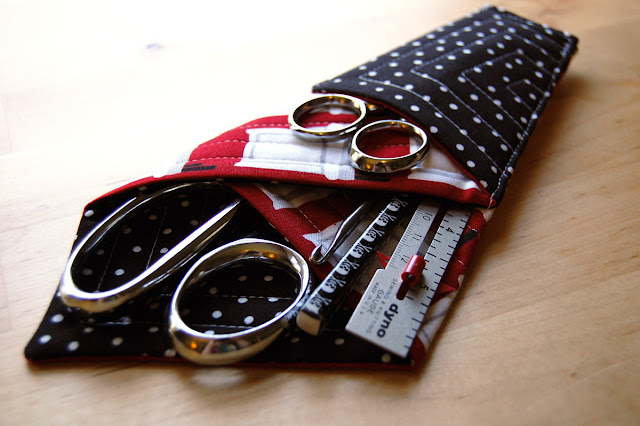Up in the sky...it's a particle...it's a wave...it's LIGHT!
And what is light, anyway? We take light for granted; we live with it each and every day, and we can’t see a dang thing without it. Here are a few bits and links to help discover more about light as we see it.
The light we see is part of a larger system of waves called the Electromagnetic Spectrum that includes a bunch of other kinds of energy waves, too. Watch this little video that introduces the idea of visible light as part of electromagnetic radiation.
And here's a chat showing the electromagnetic radiation scale, with the visual spectrum expanded out. You’ll see that the largest waves (as big as a football field from the crest of one wave to the next) are broadcast radio waves. The shortest are gamma rays (and yes, every time I read “gamma rays” I hear this), even smaller than one single atom from the crest of one wave to the next.

The light we can see, which we call visible light or the visible spectrum, has amazing properties. Visible light travels as energy waves in an incredibly straight line and mind-blowingly fast. I say light travels at mind-blowing speeds because light speed is like the fastest thing we can comprehend – it actually defines the speed limit for energy. For us, the speed of light itself is absolute – it is a constant, and does not follow any other laws of motion or classic relativity.
Newton was the first to really discover that white light is a compound of a full spectrum of colors. In Newton’s famous experiment, white light travelling in a straight line is passed through a glass prism. The prism causes the white light to refract, or bend, separating each wavelength out as they bend at different angles. Newton is also credited with the arrangement of the first colors in a wheel, and naming the colors of the rainbow "Roy G. Biv" (red, orange yellow, blue, indigo and violet).
Check this snippet of Sir Isaac Newton waxing poetic about light and rainbows!
Newton had a theory that light was not just made of waves, but also of particles. Hundreds of years later, his hypothesis was proven, that light is both particle and wave! This video is a bit technical, but is a historic overview of our human discoveries of light, from the caveman to Lous de Broglie.
It's important to have a bit of understanding about the visual spectrum and the different wavelengths of color, as that's the bits that our eyes detect. And that's why I'm sharing all of this with you! Next up in posts about Color Theory, I want to take a closer look at how exactly our eyes detect those wavelengths of color, and what happens when those signals are sent to our brains.
Until then, here's a few more resources to learn about light (and Newton)!
COSMOS: A Spacetime Odyssey, Episode 5 - Hiding in the Light
This entire series is one of my favorite Netflix watches ever, but I especially love this episode, where Neil deGrasse Tyson reveals the secrets of light. You can find this on Netflix, but I don't see it anywhere to view for free.
RADIOLAB: Colors
Awesome episode of Radiolab in which Jad and Robert "tear the rainbow to pieces."
Find the episode here: http://www.radiolab.org/story/211119-colors/
NOVA: The Secret Live of Isaac Newton
Learn about Newton from his secret documents, including his prediction of the year of Armageddon (which isn't too far away).
The light we see is part of a larger system of waves called the Electromagnetic Spectrum that includes a bunch of other kinds of energy waves, too. Watch this little video that introduces the idea of visible light as part of electromagnetic radiation.

The light we can see, which we call visible light or the visible spectrum, has amazing properties. Visible light travels as energy waves in an incredibly straight line and mind-blowingly fast. I say light travels at mind-blowing speeds because light speed is like the fastest thing we can comprehend – it actually defines the speed limit for energy. For us, the speed of light itself is absolute – it is a constant, and does not follow any other laws of motion or classic relativity.
 |
| Illustration from Encyclopedia Britannica |
Check this snippet of Sir Isaac Newton waxing poetic about light and rainbows!
Newton had a theory that light was not just made of waves, but also of particles. Hundreds of years later, his hypothesis was proven, that light is both particle and wave! This video is a bit technical, but is a historic overview of our human discoveries of light, from the caveman to Lous de Broglie.
It's important to have a bit of understanding about the visual spectrum and the different wavelengths of color, as that's the bits that our eyes detect. And that's why I'm sharing all of this with you! Next up in posts about Color Theory, I want to take a closer look at how exactly our eyes detect those wavelengths of color, and what happens when those signals are sent to our brains.
Until then, here's a few more resources to learn about light (and Newton)!
COSMOS: A Spacetime Odyssey, Episode 5 - Hiding in the Light
This entire series is one of my favorite Netflix watches ever, but I especially love this episode, where Neil deGrasse Tyson reveals the secrets of light. You can find this on Netflix, but I don't see it anywhere to view for free.
RADIOLAB: Colors
Awesome episode of Radiolab in which Jad and Robert "tear the rainbow to pieces."
Find the episode here: http://www.radiolab.org/story/211119-colors/
NOVA: The Secret Live of Isaac Newton
Learn about Newton from his secret documents, including his prediction of the year of Armageddon (which isn't too far away).





Comments